Last Updated on: 14th July 2024, 09:38 am
Introduction to Yoga as a Dual Tool for Flexibility and Strength
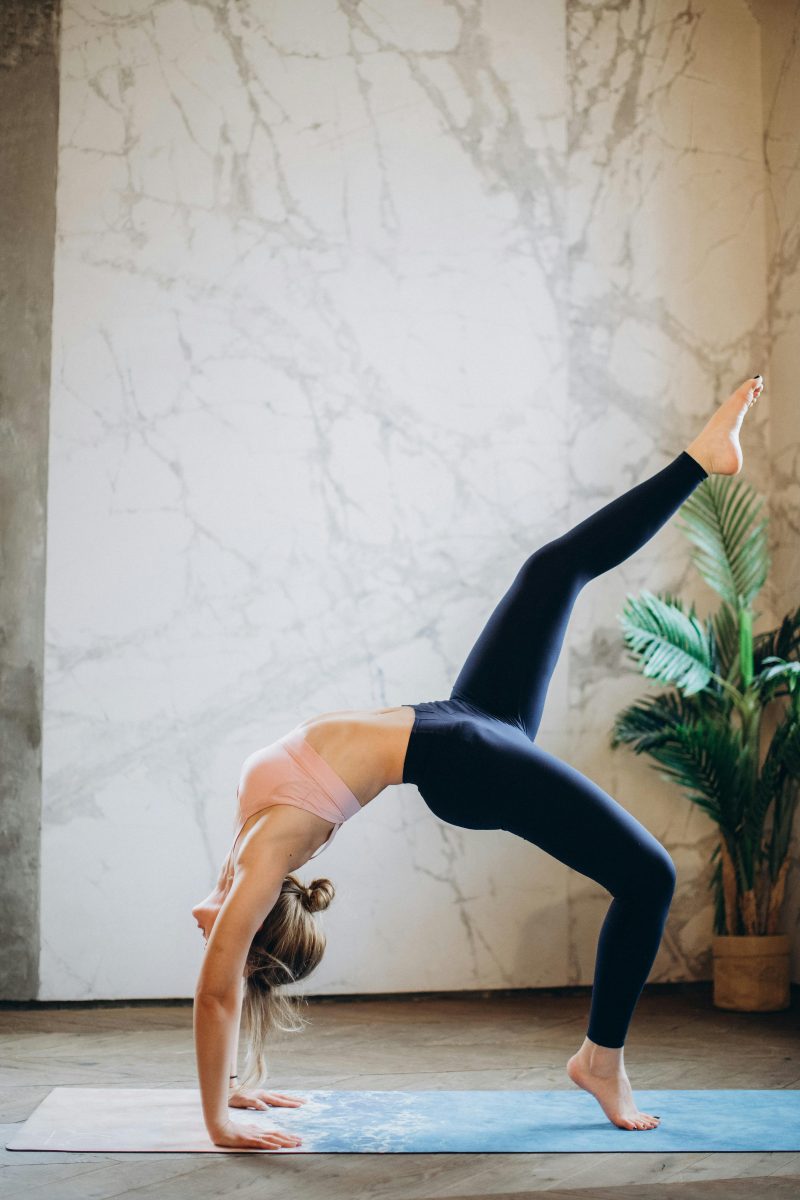
Yoga, an ancient practice with roots stretching back over 5,000 years in India, has evolved into a global phenomenon, celebrated for its profound benefits on the mind and body. Its journey from the East to becoming a staple in Western fitness regimens underscores its universal appeal and adaptability. Today, yoga stands as a testament to the human quest for physical and spiritual well-being, transcending cultural and geographical boundaries.
At its core, yoga offers a holistic approach to fitness, emphasizing not just physical strength but also flexibility, balance, and mental clarity. The beauty of yoga lies in its versatility—ranging from gentle stretches that soothe the muscles to rigorous poses that challenge the body’s limits. This unique blend makes yoga an unparalleled practice for those seeking to enhance their flexibility and build strength simultaneously.
- Through a series of postures and breathing techniques, yoga gently coaxes the body into achieving greater flexibility while fortifying the muscles.
- This dual approach not only improves overall fitness but also reduces the risk of injury, making yoga a comprehensive tool for physical health and resilience.
Understanding Flexibility and Strength in the Context of Yoga

Flexibility and strength, from a physiological standpoint, are the cornerstones of a healthy, functional body. Flexibility refers to the ability of your muscles and joints to move through their full range of motion. Strength, on the other hand, is the power and endurance that muscles possess to perform movements against resistance. Yoga, with its comprehensive repertoire of poses and practices, addresses both these aspects in a way that few other exercises can.
- Unlike traditional workouts that often focus on either strength or flexibility, yoga marries these two elements seamlessly.
- Through its poses (asanas), yoga stretches the muscles, enhancing flexibility, while the effort to maintain each pose builds strength.
But yoga doesn’t stop there. It integrates breath control (pranayama), mindfulness, and precise alignment in its practice, elevating the experience from mere physical exercise to a holistic body-mind engagement. The role of breath is pivotal; it deepens the stretches, aids in maintaining balance, and strengthens the body’s core by engaging the right muscles during poses. Mindfulness, cultivated through focused attention on movements and breath, enhances the connection between the mind and body, making the practice more effective and meditative. Proper alignment is crucial not only for the effectiveness of each pose but also to prevent injuries, ensuring that each movement contributes to the body’s strength and flexibility without strain.
Thus, yoga stands out as a comprehensive practice that not only promotes flexibility and strength but also nurtures mental clarity and focus. Its holistic approach to fitness and well-being makes it an invaluable tool for anyone looking to enhance their physical health while also finding a moment of peace and mindfulness in their busy lives.
Key Yoga Poses for Enhancing Flexibility
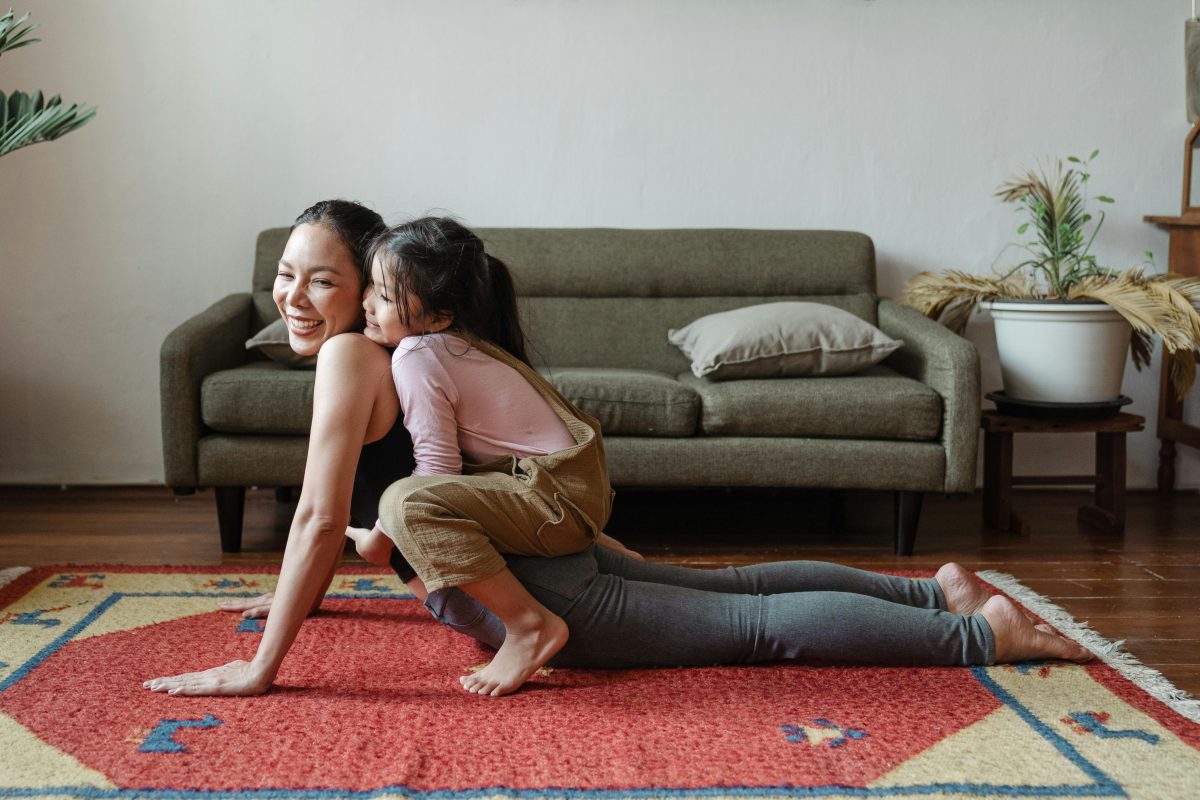
Yoga serves as a bridge, connecting the dots between flexibility and strength, with specific poses targeting major muscle groups. These asanas stretch and strengthen the body, paving the way for improved flexibility. Let’s delve into some of these transformative poses.
Forward Folds: The Gateway to Flexibility
- Uttanasana (Standing Forward Fold) and Paschimottanasana (Seated Forward Fold) are quintessential for stretching the hamstrings, calves, and hips.
- Each fold invites the body to release tension, encouraging a deeper stretch with every exhale.
Lunges: Strengthening Through Stretching
- High Lunge and Warrior series not only enhance flexibility but also build strength in the legs and core.
Twists: Revitalizing Flexibility
- Twists like Ardha Matsyendrasana (Half Lord of the Fishes Pose) and Parivrtta Trikonasana (Revolved Triangle Pose) work wonders on the spine and abdominal muscles.
To safely increase flexibility, it’s crucial to approach these poses with patience and consistency. Begin with a warm-up to prepare the body, and never force a pose, listening instead to what your body needs. Gradually, with regular practice, these poses will become more accessible, leading to significant improvements in flexibility and overall well-being.
Embracing these key yoga poses can transform your practice, enhancing not just flexibility but also strength and mental clarity. The journey to a more flexible body is one of patience and persistence, but with yoga, it’s also filled with discovery and fulfillment.
Key Yoga Poses for Building Strength
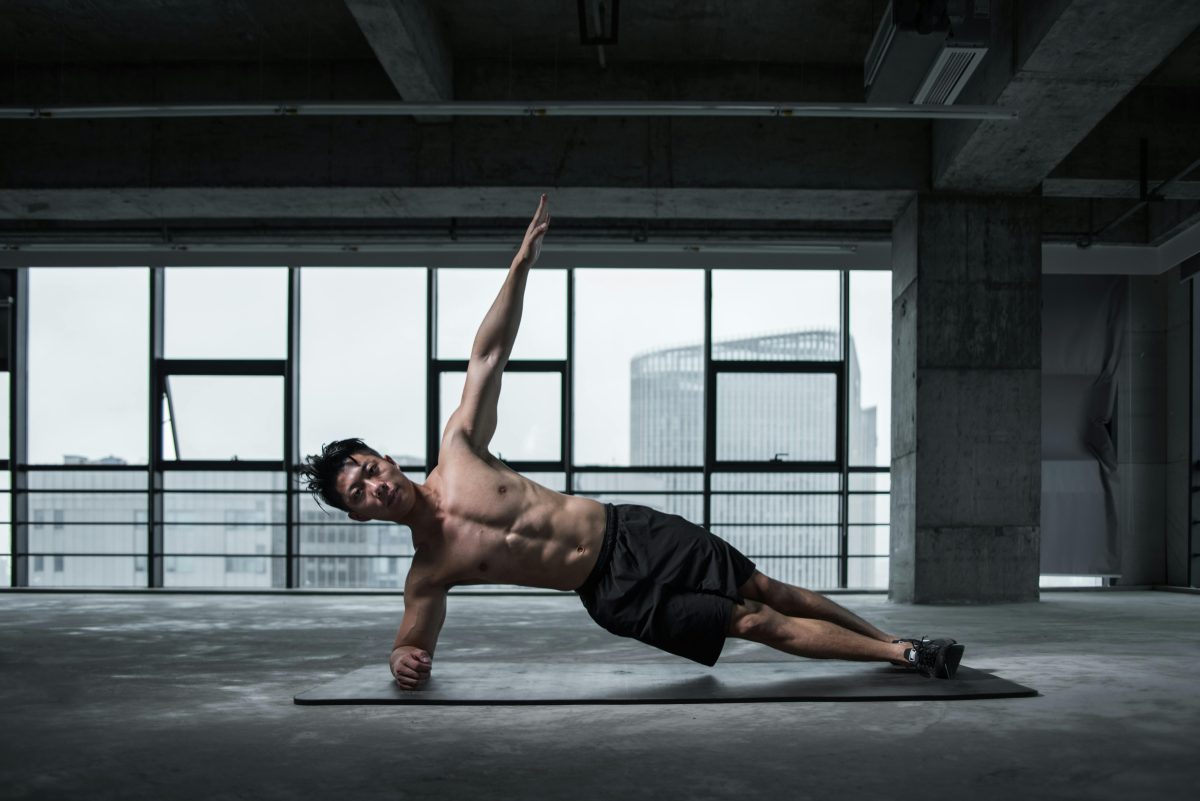
Building strength through yoga involves a strategic selection of poses that target the core, upper body, and lower body. This holistic approach ensures a balanced development of muscular power, enhancing physical resilience and endurance. Let’s explore some of the most effective yoga poses for strength building.
Plank Variations: The Core of Strength
- Plank Pose, Side Plank, and Dolphin Plank engage multiple muscle groups simultaneously, stabilizing the spine and fortifying the abdominal muscles.
Warrior Series: Empowerment in Action
- The Warrior series, encompassing Warrior I, II, and III, strengthen the lower body while improving balance and stamina.
Arm Balances: Elevating Strength
- Arm balances such as Crow Pose, Side Crow, and Eight-Angle Pose, challenge your arms, shoulders, and chest, while also engaging the core for balance.
Incorporating these strength-building poses into your regular yoga practice requires a mindful approach. Start with foundational poses to build the necessary strength and gradually introduce more challenging asanas. Consistency is key; practicing these poses regularly will lead to noticeable improvements in strength, balance, and overall physical health. Remember, yoga is not just about flexibility; it’s a powerful tool for building strength, both inside and out.
By weaving these key poses into your practice, you’ll unlock a new level of physical capability. Yoga offers a path to strength that is both challenging and rewarding, inviting you to explore the limits of your physical and mental endurance. Embrace these poses with patience and dedication, and watch as your strength unfolds.
The Synergy of Flexibility and Strength in Yoga Practice
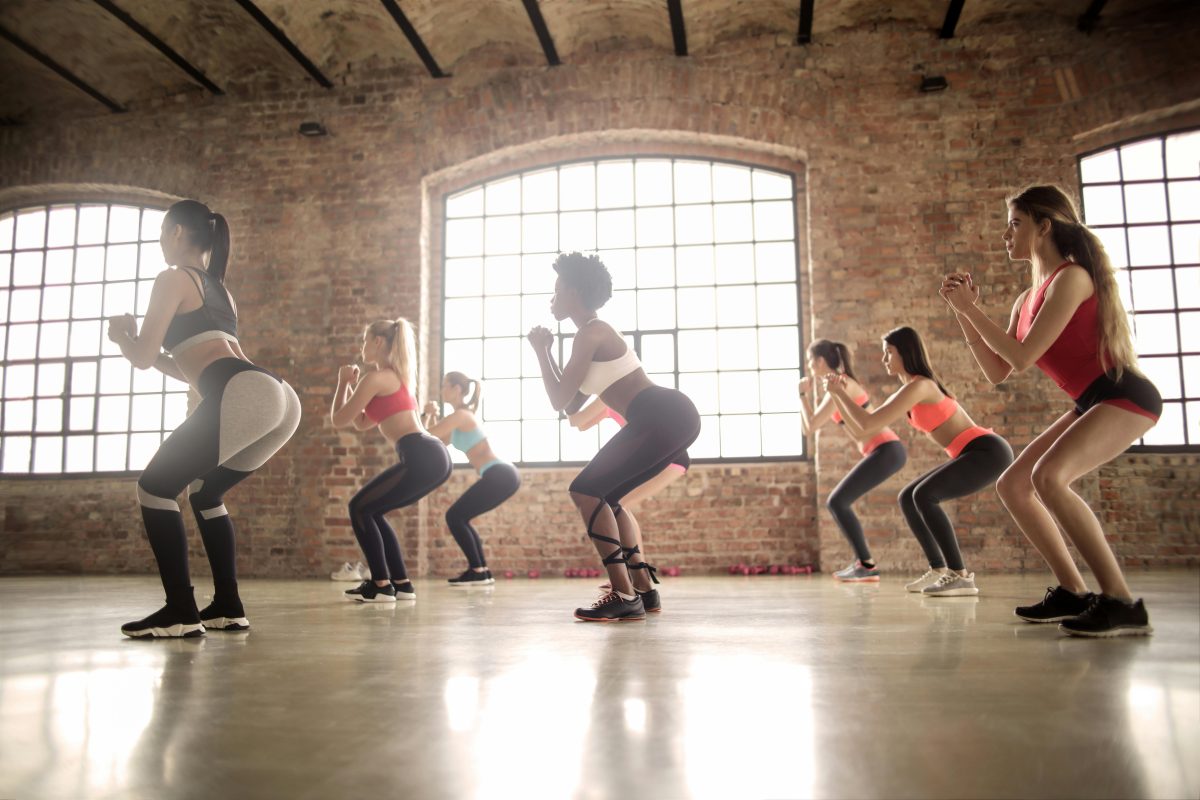
In the realm of yoga, flexibility and strength do not stand as isolated pillars but intertwine, enhancing and supporting each other in a harmonious dance. This synergy is not just a physical phenomenon but a metaphor for balance and resilience in life. Understanding this interplay can transform one’s approach to yoga, making the practice more holistic and rewarding.
Advancing in flexibility, for instance, can significantly bolster one’s strength. A more pliable body allows for a deeper engagement in poses, which in turn, challenges and strengthens the muscles. Conversely, building strength enables the body to hold poses longer, facilitating greater flexibility. This reciprocal relationship exemplifies yoga’s holistic nature, where progress in one area naturally fosters improvement in the other.
Balance, in yoga, transcends physical stability, embodying equilibrium in our daily lives. The practice teaches us to find steadiness in the midst of fluctuation, strength amidst vulnerability, and flexibility in our convictions. This concept of balance, cultivated on the mat, extends its benefits beyond, influencing our approach to challenges and changes with grace and resilience.
Embracing both flexibility and strength in yoga does more than enhance physical health; it fosters a balanced mindset, equipping us to navigate life’s ups and downs with poise. As we delve deeper into our practice, we discover that the true essence of yoga lies in the harmony of opposites, a lesson that resonates well beyond the confines of the mat.
Incorporating Yoga into Your Routine for Maximum Benefit
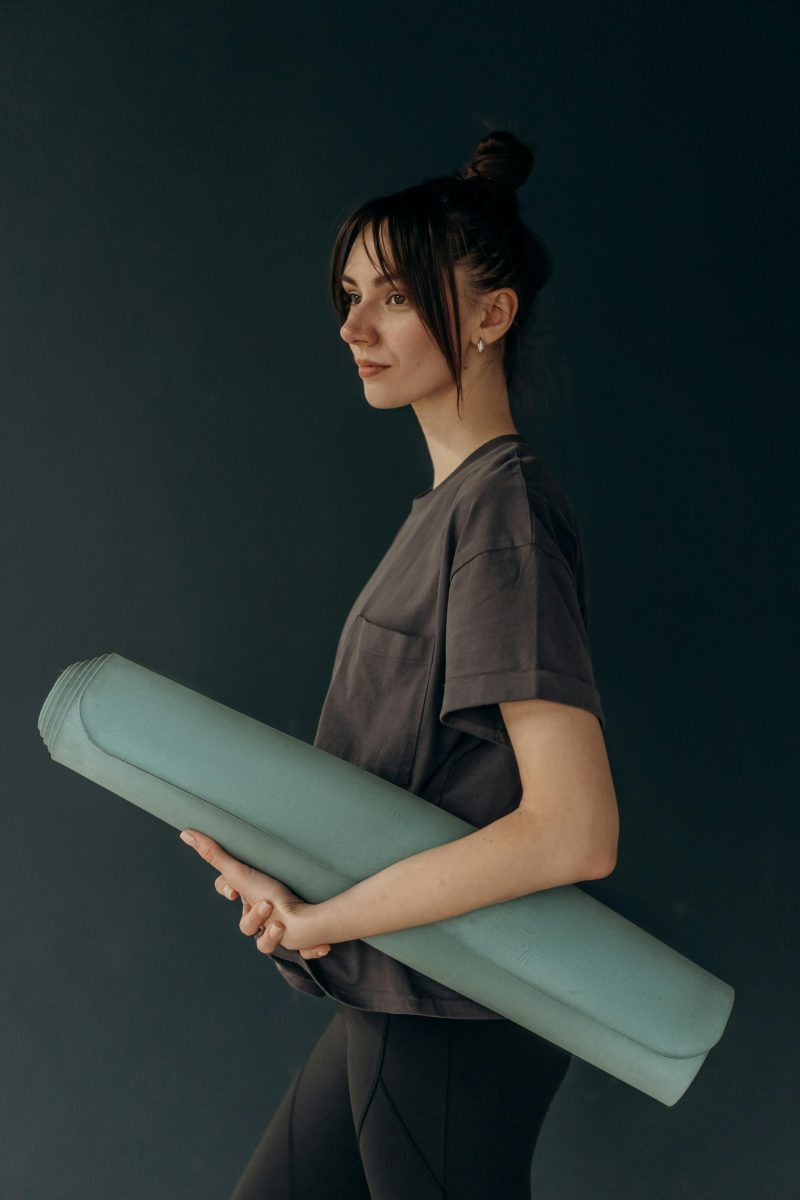
Embarking on a yoga journey can be transformative. Here are some tips to get the most out of your practice:
- Start Small: Begin with foundational poses, focusing on form and breath. Shorter sessions of 15-20 minutes are ideal at first, gradually increasing as comfort and ability grow.
- Consistency Over Intensity: Practicing several times a week is more beneficial than the intensity of the sessions. Early morning or evening sessions can help establish a routine.
- Progressing in Your Practice: Intermediate and advanced practitioners should focus on holding poses longer, exploring complex asanas, and incorporating meditation and pranayama.
- Workshops and Retreats: These can provide new insights and techniques, while a consistent home practice allows for personal exploration and refinement.
- Listen to Your Body: Adjust the frequency, duration, and intensity of your practice according to your body’s needs. This ensures the practice remains nurturing and not overwhelming.
- Balance and Mindfulness: The key to a successful yoga practice lies in balance and mindfulness. Tune into your body’s responses and respect its limits for a sustainable and fulfilling journey.
In Closing
Yoga harmonizes strength and flexibility. It’s a journey of resilience and discovery. By intertwining physical poses with mental clarity, yoga offers a path to a balanced and empowered self. Embrace this practice to navigate life’s challenges with grace and strength. Let yoga be your guide to a healthier, more flexible, and stronger you.
Using Yoga for Flexibility and Strength FAQs
There is a risk of injury in yoga, as with any physical activity, especially if poses are performed incorrectly or without proper alignment. It’s important to practice under the guidance of a qualified instructor and listen to your body to avoid overstretching or strain. Beginners should start slowly and gradually increase the intensity of their practice.
Yes, practicing yoga regularly can significantly improve your flexibility. Yoga poses stretch your muscles and increase your range of motion. With consistent practice, your body will gradually loosen, leading to improved flexibility.
Yes, yoga can help with muscle recovery by promoting circulation and reducing muscle tension. Gentle stretching and poses enhance blood flow to the muscles, aiding in the healing process and reducing recovery time. This makes yoga an excellent complement to more intense physical activities.
While yoga can significantly contribute to strength, it may not replace traditional strength training for everyone. Yoga focuses on bodyweight exercises and may not provide the same level of resistance as weightlifting. However, it can be an effective complement to a strength training routine, offering balance and flexibility work.
Yoga improves mental strength and flexibility by teaching mindfulness and stress management techniques. The practice encourages focus on the present moment and breath control, which can reduce anxiety and enhance mental resilience. This mental discipline can lead to greater emotional flexibility and a calm, focused mindset.
Results from using yoga to improve flexibility and strength can be seen in as little as a few weeks of consistent practice. However, significant and more noticeable improvements often take longer, possibly several months. The key to seeing results is regular and consistent practice, allowing the body to adapt and strengthen over time.
To see improvements in flexibility and strength, you should practice yoga at least 3 to 4 times a week. Consistency is key in yoga, as the benefits accumulate over time with regular practice. This frequency allows your body to adapt and strengthen gradually.
Yoga is highly effective for building strength, especially in the core, arms, legs, and back. Through poses that require balance and holding your own body weight, you engage and strengthen various muscle groups. Over time, this can lead to increased muscle tone and strength.
Yoga is highly suitable for beginners looking to improve flexibility and strength. There are various levels and styles of yoga, allowing beginners to start with basic poses and gradually progress. Instructors often offer modifications to accommodate different skill levels and physical limitations.
Vinyasa and Ashtanga yoga are among the best styles for improving flexibility and strength. These dynamic styles incorporate a series of poses that flow from one to the next, combining flexibility work with strength training. They are both physically demanding and help build muscle while increasing range of motion.
Orlando is a all round athlete from Australia, now resident in Germany. His sports of passion of American Football(Offensive line), weight training and indoor rock climbing where he uses his 195cm wing span to his advantage.



